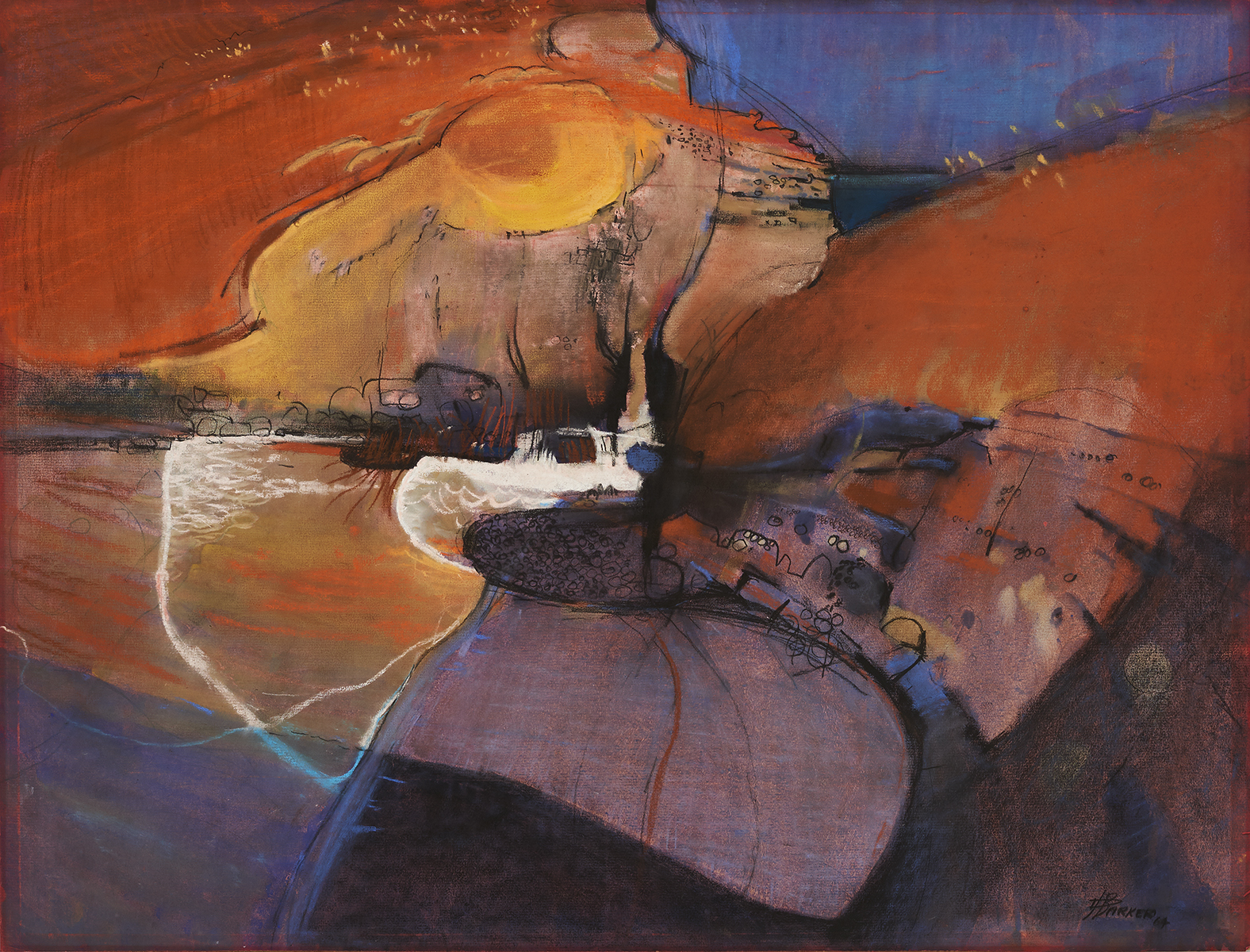

Amongst the wealthy, a highly sentimentalised regard for woman-as-home-maker also prevailed.

In Brewster’s account, domestic happiness was almost wholly the product of women’s accomplishments, and it was their ‘failures of influence’ that caused their husbands to take to the tavern. In Margaret Brewster’s didactic fiction, Sunbeams in the Cottage, for example, the elderly spinster Mary Graham noiselessly weaves a spell over the ‘rough men’ of her village, as well as the local factory girls. Central to the great majority of these was the idea that women exerted a civilising influence over their male counterparts. For, those women who left for colonial destinations during the first half of the nineteenth-century would have been familiar with expectations of their metropolitan roles from contemporary women’s magazines, household guidebooks, etiquette primers, and journal and newspaper articles. In some ways it represents an avowal of a distinctly manly idea of ‘high culture’, although it is undoubtedly appropriately and self-consciously serious enough for an upper-class woman in the wilds of New Zealand. It is interesting that Barker should evince an Arnoldian definition of ‘refinement and culture’ in projecting her footsteps on a new soil. Interestingly, marine resources did not form an important part of the Milton diet, despite the site’s proximity to the ocean, hinting at the possible stigmatization of local resources and the development of a European New Zealand (pākehā) food identity. Despite higher δ15N values in contemporary UK populations (which can be simplistically interpreted as indicative of higher meat intake), consideration of different local baselines makes it likely that this New Zealand population had relatively similar levels of meat intake. We show that, as in contemporary Britain, the diet of our studied individuals was focused on C3 crops and terrestrial meat sources. We interpret the diet at Milton and broadly compare our isotopic results with contemporaneous samples from Britain. John’s Cemetery, Milton, New Zealand (ca. In this article we present a pilot study of stable-isotope test results of bone collagen from seven adults interred in St.
.jpg)
Colonial propaganda claimed that most emigrants achieved their aims, but the lives the colonists actually experienced upon reaching New Zealand remain relatively unexplored from a biosocial perspective. Emigrants came looking to escape the shackles of the class system and poor conditions in Industrial Revolution–period Britain. Colonial New Zealand was built on the ideal of creating better lives for settlers.


 0 kommentar(er)
0 kommentar(er)
